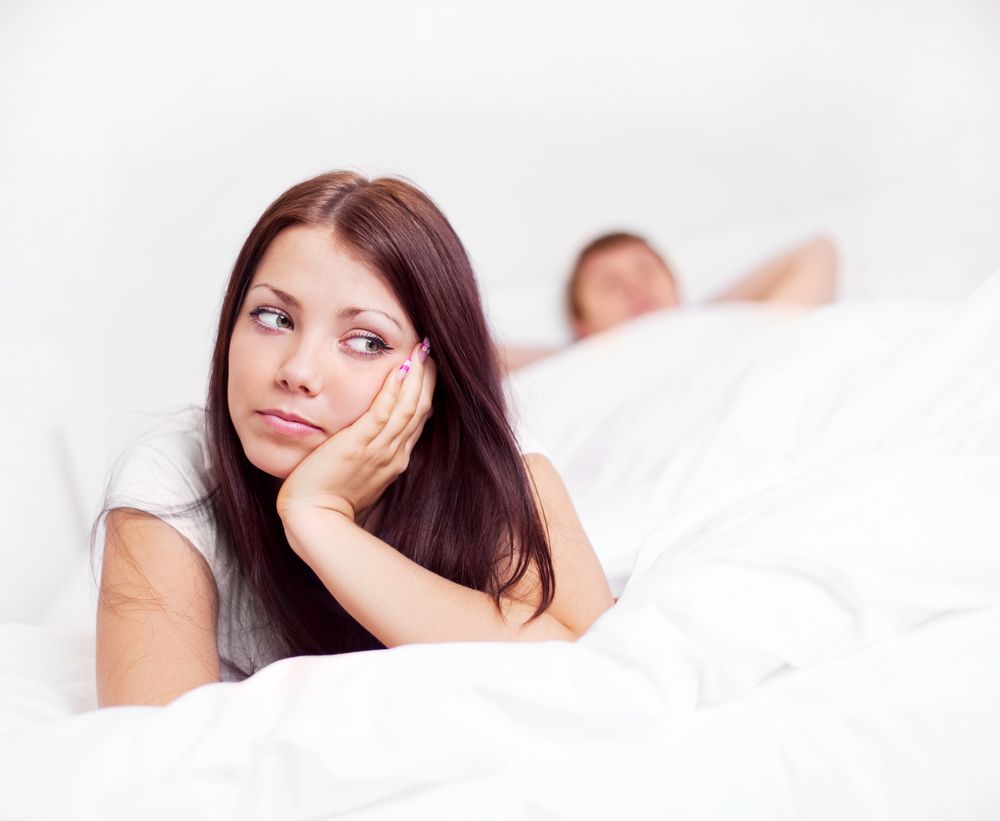Girls 15 and Up Don't Need Prescription for Morning After Pill

Women as young as 15 years old will be able to purchase the morning-after pill without a prescription, according to the Food and Drug Administration.
Today (April 30), the agency approved the use of Plan B One-Step, a type of emergency contraception manufactured by Teva Women's Health, for use in women ages 15 and up without a prescription.
Previously, the pill was available without a prescription only to women ages 17 and over. Consumers who buy the product will need to provide proof of age, the FDA said.
Plan B can prevent pregnancy after unprotected sex if it is taken within 72 hours. It is available for women younger than 15 with a prescription from a doctor. But because the pill needs to be taken soon after unprotected sex, some have called the need for a prescription for young women impractical.
Previously, the FDA denied approval of Plan B for use in women of all ages without a prescription. But following that decision in December 2011, Teva submitted an amended application requesting that the medication be made available to women 15 and up without a prescription. This application was approved.
Earlier this month, a federal judge ruled that Plan B and other types of emergency contraception should be made available to women of all ages without a prescription. But today's FDA decision is independent of that ruling, the agency said.
This story was provided by MyHealthNewsDaily, a sister site to LiveScience. Follow Rachael Rettner @RachaelRettner. Follow MyHealthNewsDaily @MyHealth_MHND, Facebook & Google+. Originally published on MyHealthNewsDaily.
Sign up for the Live Science daily newsletter now
Get the world’s most fascinating discoveries delivered straight to your inbox.

Rachael is a Live Science contributor, and was a former channel editor and senior writer for Live Science between 2010 and 2022. She has a master's degree in journalism from New York University's Science, Health and Environmental Reporting Program. She also holds a B.S. in molecular biology and an M.S. in biology from the University of California, San Diego. Her work has appeared in Scienceline, The Washington Post and Scientific American.

'Love hormone' oxytocin can pause pregnancy, animal study finds

'Mini placentas' in a dish reveal key gene for pregnancy









